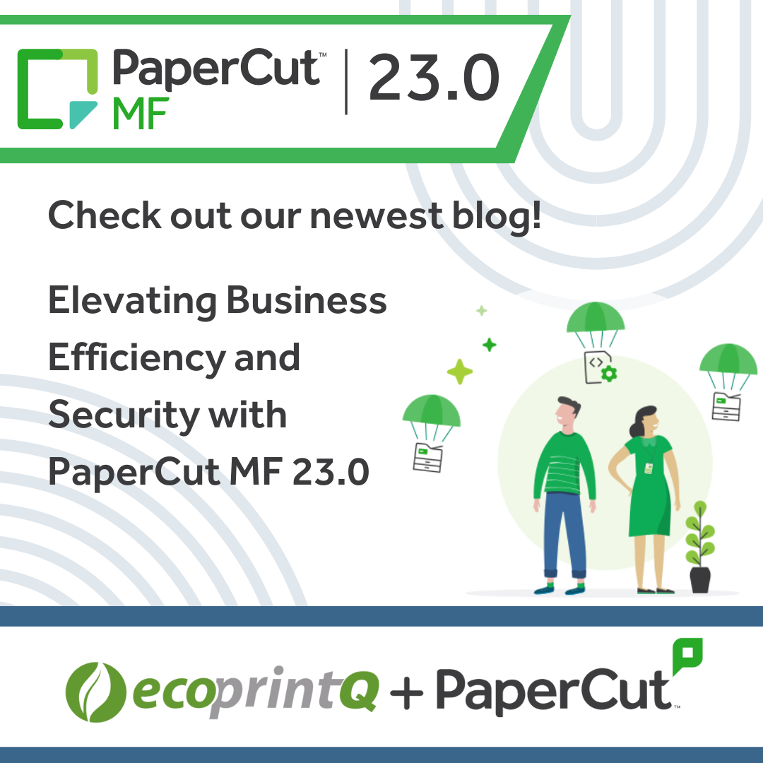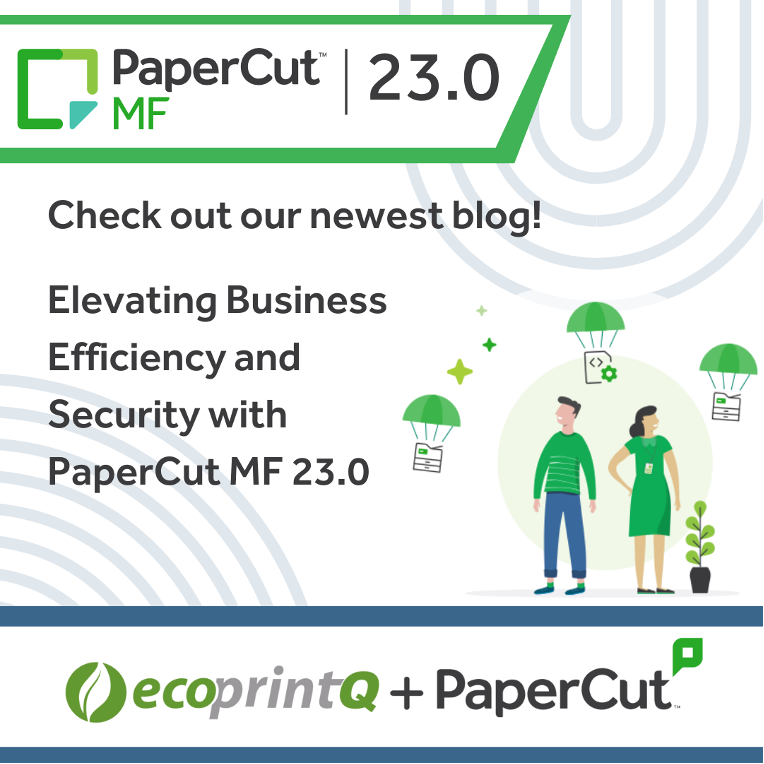The healthcare industry is grappling with various challenges, including escalating costs, staffing shortages, heightened service demand, post-Covid recovery, and the push for increased digital health investments. Despite the UK National Health Service’s plan to go paperless over five years ago, recent reports revealed significant expenditures on paper medical records storage, indicating a substantial volume of printed materials persisting in the healthcare sector.
In 2023, NHS England hospitals reportedly spent over £234 million ($284 million) on paper record storage in the year leading to April 2022. This contradicts the 2018 goal of transitioning to a paperless system. A 2018 U.S. source disclosed that a 1,500-bed hospital was printing 96 million pages annually at a cost of $3.8 million. While these figures might have changed, the shift towards a paperless healthcare system remains sluggish.
While print management may seem like a minor aspect, it plays a crucial role. This blog explores the importance of advanced print analytics in healthcare organizations that have already implemented PaperCut. It delves into how these analytics can enhance the value of existing print management investments. Two key areas are highlighted:
Click Here to Read the Rest
SOURCE ecoprintQ



